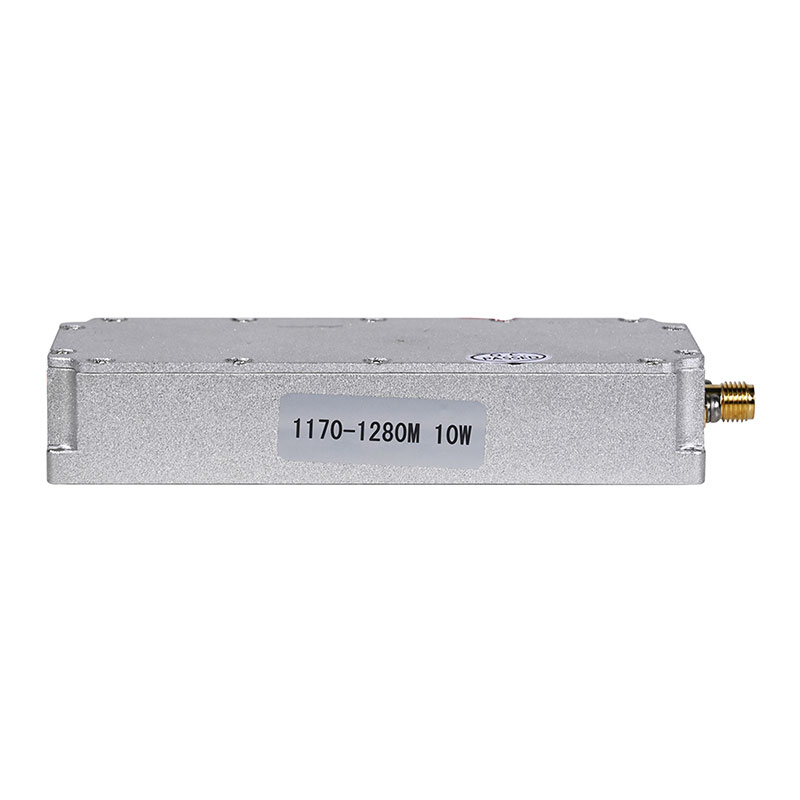Anti-Drone Modules: The Frontline Defense Against Unwanted Drones
2025-06-04
In today’s rapidly evolving airspace, drones offer amazing capabilities — from aerial photography to delivery services. However, as drone technology advances, so do the risks associated with unauthorized or malicious drone activity. From protecting sensitive infrastructure to ensuring public safety, the need for reliable drone mitigation has never been greater. That’s where Anti-Drone Modules come into play.

What is an Anti-Drone Module?
An Anti-Drone Module is a compact, integrated system designed to detect, identify, track, and neutralize unauthorized drones. These modules combine multiple technologies such as radar, radio frequency (RF) sensors, electro-optical systems, GPS jammers, and directional antennas to monitor and defend against drone intrusions.
Anti-drone modules are commonly integrated into larger security systems and are ideal for government, military, commercial, and even private applications.
Why Are Anti-Drone Modules Essential?
1. Security Threats
Drones can be used for spying, smuggling, or even weapon delivery. Sensitive locations such as military bases, airports, government buildings, and correctional facilities are especially vulnerable.
2. Privacy Protection
Private properties, corporate campuses, and VIP estates often face drone-based surveillance or paparazzi issues. Anti-drone modules help prevent aerial invasions of privacy.
3. Airspace Safety
Unregulated drone activity can interfere with commercial flights and emergency services. Anti-drone systems safeguard airspace, especially around airports and events.
Key Features of Modern Anti-Drone Modules
360° Detection Coverage: Multi-sensor systems scan all directions for incoming UAVs.
RF Detection: Captures drone control signals to identify the drone model and controller location.
GPS Spoofing or Jamming: Forces drones to land or return to their origin.
Electro-Optical Cameras: Provides visual confirmation of aerial targets for verification.
AI-Powered Threat Analysis: Identifies and classifies drone threats in real time.
Modular Design: Easily integrated into existing surveillance or security platforms.
Typical Use Cases
Military Bases and Border Control
Airports and Aviation Facilities
Power Plants and Oil Refineries
VIP and Event Security
Smart Cities and Urban Infrastructure
Prisons and Correctional Institutions
Challenges and Considerations
Legal Compliance: Jamming and intercepting drones may require government approval in many countries.
False Positives: Differentiating between hobby drones and malicious ones remains a technical challenge.
Range and Power: Ensuring wide coverage while avoiding interference with civilian systems is a balancing act.
The Future of Anti-Drone Technology
With AI, machine learning, and next-gen radar systems, anti-drone modules are becoming smarter and more autonomous. Future modules will not only detect threats but predict and prevent them through behavioral analytics and network integration.
Final Thoughts
As drones continue to soar in popularity and accessibility, so must our efforts to keep skies secure. Anti-Drone Modules are no longer just military-grade tech — they are becoming vital tools in modern security infrastructure.


